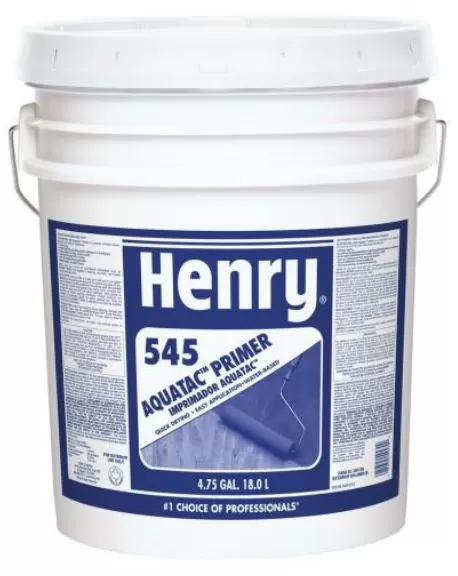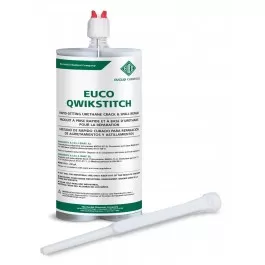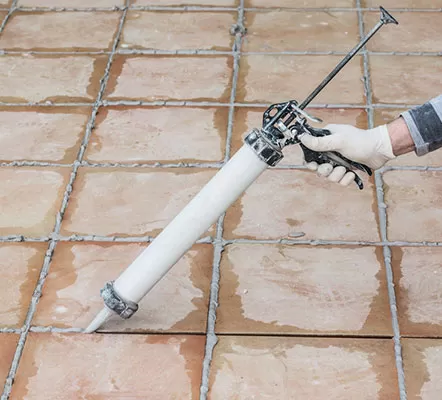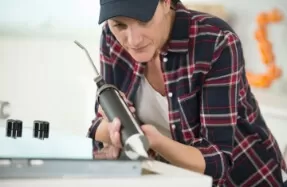Blog
Waterproofing Basement Walls: The Do’s & Don’ts
Waterproofing basement walls is a big job, but it is well worth the effort. A damp basement can be the source of mold, mildew, and other problems that will make your home uncomfortable and unhealthy to live in. But with a few simple steps, you can keep moisture out of your basement walls and prevent these problems from happening in the future.
Do Add An Airtight Cover Over The Dirt Floor
If you add a dirt floor, make sure it’s covered with a thick layer of plastic. By creating an airtight seal around the barrier’s edges and ensuring no gaps between the soil and your basement walls or floor, you will ensure that water cannot seep through. A tarp or thick plastic is usually sufficient to do this job well.
Do Make Sure The Walls Are Dry Before Sealing Them
You want to make sure that your walls are dry before sealing them. Moisture in the walls can lead to mold, mildew, and other problems down the road if it isn’t dealt with properly.
The easiest way to test for moisture is by using a stud finder. If you don’t have one on hand, you can use a flashlight and shine it at an angle along the wall until you see the light peeking through from behind the drywall or plasterboard.
If you find moisture in your basement’s walls, there are plenty of ways to get rid of it—but only after testing first! Don’t rush ahead before confirming that your walls are wet; otherwise, you might make things worse instead of better.
Don’t Use Kitty Litter To Absorb Water From Concrete Flooring
When you’re waterproofing basement walls, we recommend using something other than kitty litter to absorb water from concrete floors. Other materials can be used to absorb water from concrete floors; the best material is often a rubber mat.
There are many different types of waterproofing products available for basements, and each has its benefits and drawbacks. The important thing is that you choose the product that works best for your home and meets all code requirements to know it’s safe for use in this area of your house.
Don’t Seal A Wall With Mold Growing On It
You should never seal a wall that is already wet. If you do, the moisture will remain in the wall and begin to grow mold on the surface. This can cause health problems for anyone who comes in contact with it.
Mold can be toxic, especially if there are high levels of spores present in the air around you. It can lead to allergies or respiratory issues if you have asthma or other lung conditions, as well as other health issues like headaches or memory loss that may be caused by long-term exposure to mold spores.
Do Repair Any Cracks In Your Basement Walls
If you see any cracks in your basement walls, it’s important to repair them before waterproofing. The best way to do this is with concrete patching material, which can be purchased at any home improvement store.
For larger cracks, you may need a masonry drill bit and hammer for the job. Use the drill bit to make a hole in the cracked area, and then use a hammer in order to drive out small pieces of concrete into the hole (this will result in a plug). Afterward, fill your plug with concrete patching material and let it dry!
Conclusion
As you can see, waterproofing your basement is a simple process. All you need to do is be careful of the materials you use and the steps involved in applying them correctly. Once this is done, your basement will be ready for whatever comes.




